7.5 Chapter Summary
Real Life Example: Does this Vote Count?
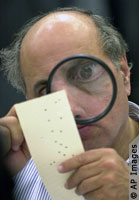

American elections no longer use punch-card voting machines, largely because of the recounts in the state of Florida during the 2000 Presidential election. With the margins close enough to necessitate recounts, attention was focused on the outdated punch card voting machines in use at the time. After being punched, the tiny pieces of paper called chads would accumulate in the machine.
The jammed voting machines would make it difficult for voters to fully punch through their ballot. This made it difficult for recount officials who had to determine the intention of the voter.
Try the quiz below to see how you would do.
Activity Description
Dimpled Chad: It is indented but still fully attached to the ballot.
- It is not counted as a vote.
Swinging Door Chad: Two corners are still attached to the ballot.
- It is counted as a vote.
Hanging Door Chad: One corner is still attached to the ballot.
- It is counted as a vote.
Pregnant Chad: It is pierced but still fully attached to the ballot.
- It is not counted as a vote.
Tri Chad: Three corners are still attached to the ballot.
- It is counted as a vote.
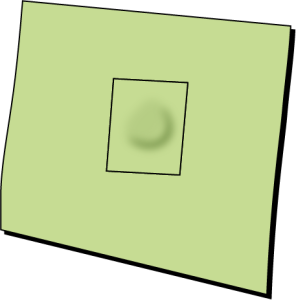
This is a Dimpled Chad.
It is indented but still fully attached to the ballot.
- It is not counted as a vote.
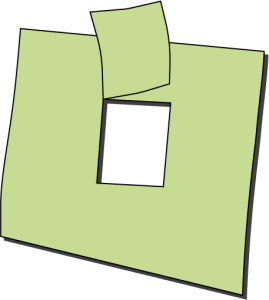
This is a Hanging Door Chad.
One corner is still attached to the ballot.
- It is counted as a vote.

This is a Swinging Door Chad.
Two corners are still attached to the ballot.
- It is counted as a vote.
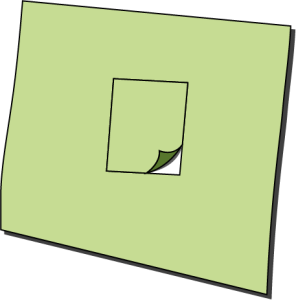
This is a Tri Chad.
Three corners are still attached to the ballot.
- It is counted as a vote.
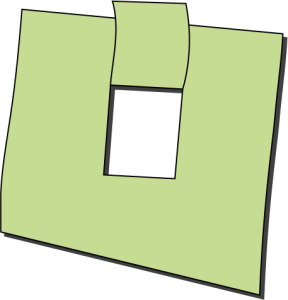
This is a Swinging Door Chad.
Two corners are still attached to the ballot.
- It is counted as a vote.
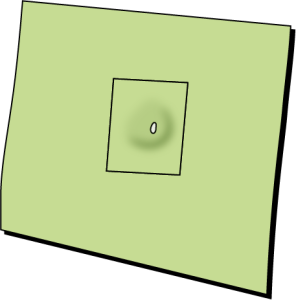
This is a Pregnant Chad.
It is pierced but still fully attached to the ballot.
- It is not counted as a vote.
Chapter Summary
In this chapter,
- Vote counting varies greatly by region, with some areas like California taking weeks due to complex processes, while others like Ontario deliver results within hours because of streamlined methods and efficient technology.
- Manual counting is common in systems with simple ballots, such as in Canada, where each vote is reviewed and tallied by hand in a transparent process involving election officials and observers.
- Computer-assisted tabulation using Optical Mark Recognition (OMR) is used for complex ballots, improving speed and accuracy. However, improperly marked ballots may be rejected and manually reviewed to determine voter intent.
- Variations in when and how votes are counted can cause misleading early results, including the “red mirage” and “blue shift” phenomena in U.S. elections, due to differences in absentee ballot counting procedures.
- Accurate record keeping is critical, including reconciling the number of ballots issued and cast, and reporting results through centralized systems. Election returns go through verification stages before being finalized.
- Interim results shared on election night are preliminary, and final certified results may take weeks to confirm due to absentee ballots, recounts, and the need for data verification and chain of custody assurance.
- Recounts occur when results are extremely close or errors are suspected, and may be triggered automatically or requested by candidates. In Canada, judicial recounts are conducted under a judge’s supervision for formal accuracy.
- Historical issues, like the 2000 U.S. election punch card controversy, have shaped current practices. Transparent, verifiable processes—manual or digital—are essential for public trust in the legitimacy of election results.
OpenAI. (2025, June 16th). ChatGPT. [Large language model]. https://www.chatgpt.com Prompt: Can you please summarize the passage into 8 key points with no additional bullets. Edited & Reviewed by author.
Key Terms
- Automatic or mandatory recounts are voting recounts conducted in close races where the margin of victory falls within a specific range.
- Ballot Reconciliation is a process used to verify that the number of ballots issued equals the number of ballots cast.
- Blue Shift happens when Democratic candidates (blue) gain ground after Election Day as more mail-in, provisional, or absentee ballots are processed and added to the vote count.
- Candidate-initiated recounts are voting recounts requested by a candidate
- Chain of Custody “refers to the processes, or paper trail, that documents the transfer of materials from one person (or place) to the next” (Thomas & Weil, 2021).
- Optical Mark Reading (OMR) – is a technology used to detect and interpret marks made on paper forms, typically with a pencil or pen.
- Optical Scan Ballot Tabulators – are electronic voting machines that read and count paper ballots marked by voters
- Processing – The initial steps taken to prepare ballots for counting, such as verifying voter eligibility, opening envelopes, or unfolding absentee ballots before tabulation.
- Recount – A repeated count of votes, often initiated when results are very close or disputed, to verify the accuracy of the original count.
- Red Mirage – refers to a situation where early election results show Republican candidates (represented by red) in the lead because in-person, Election Day votes are counted first and tend to favour Republicans.
- Rejected Ballot – Ballots that are not counted because they are improperly marked, damaged, or otherwise deemed invalid according to electoral rules.
- Tabulating – The act of counting and recording votes from ballots, either manually by election workers or using machines.
Further Reading & Resources
If you’d like to learn more about this topic, check out the following resources:
-
-
-
- How Votes Are Counted in Canada [YouTube]
- FAQs: Counting and Results from Elections Canada
-
-

